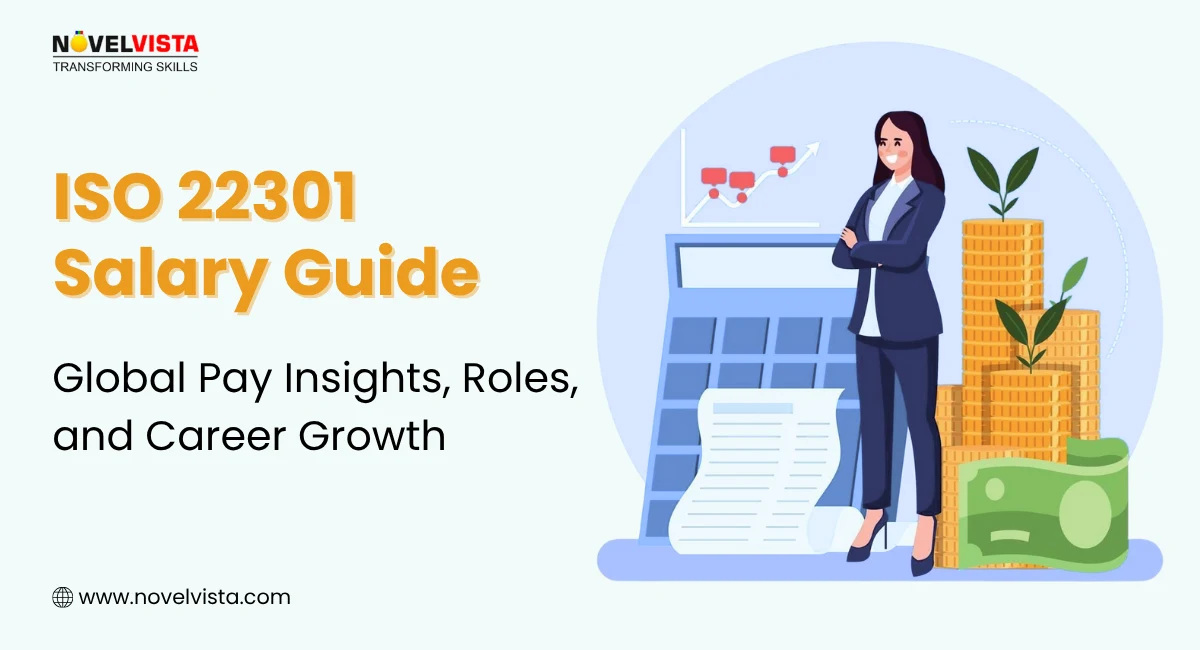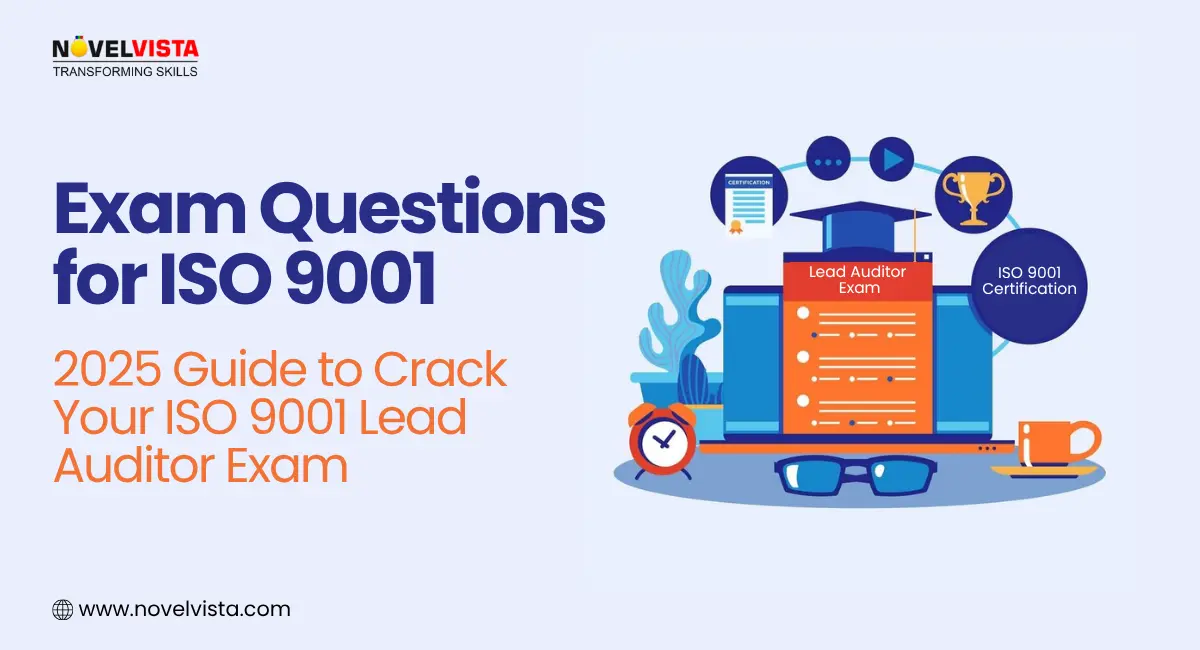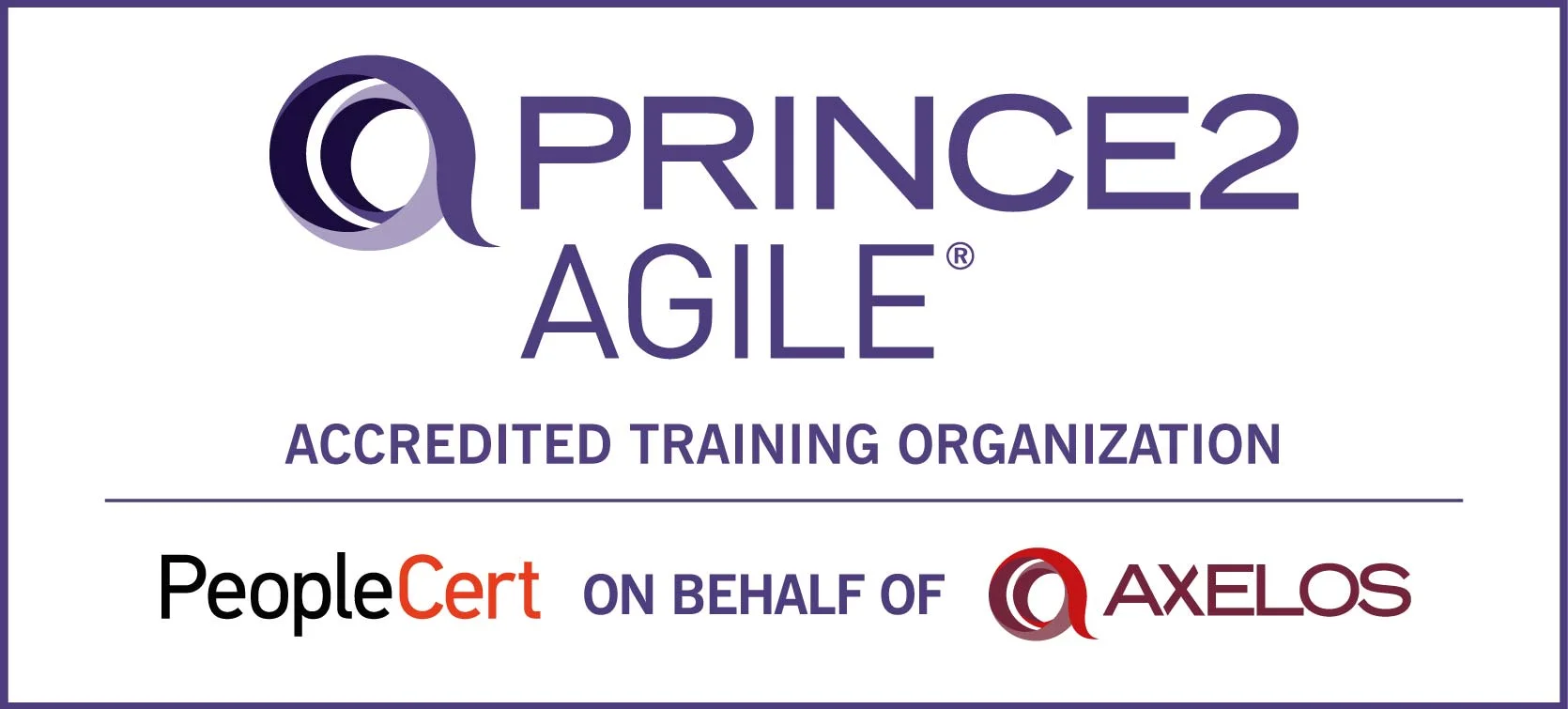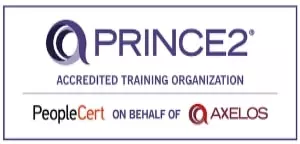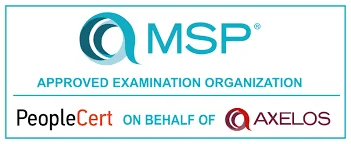- Understanding ISO 20000-1:2018 vs ISO 20000-1:2011
- Key Steps in ISO 20000 Implementation
- ISO 20000 Implementation Guide: Proven Best Practices
- Challenges in Implementing ISO 20000-1:2011 and How to Overcome Them
- Tools and Technologies for ISO 20000 Implementation
- Audit and Certification: The ISO 20000 Compliance Journey
- Measuring the Success of ISO 20000 Implementation
- Role of the ISO 20000 Lead Auditor in Implementation
- How to Become an ISO 20000 Lead Auditor
- Conclusion: Making ISO 20000 Implementation a Long-Term Success
- Next Step
Every IT team dreams of delivering services that never fail, run smoothly, and keep customers happy. But in reality, service disruptions, miscommunication, and inconsistent delivery often create chaos. That’s where ISO 20000 implementation steps in, helping organizations turn their IT service chaos into a structured, efficient, and reliable system.
ISO 20000 is the global standard for IT Service Management (ITSM). It ensures that your IT processes are consistent, measurable, and continuously improving. Implementing it doesn’t just make your IT operations more efficient; it builds trust, boosts service quality, and aligns IT goals with business strategy.
In this blog, we’ll walk you through what ISO 20000 is, how the 2018 version changed the game, the steps to implement it effectively, common challenges, and practical best practices that actually work. Think of this as your go-to ISO 20000 implementation guide to start and sustain a strong ITSM framework.
Understanding ISO 20000-1:2018 vs ISO 20000-1:2011
| Aspect | ISO 20000-1:2011 | ISO 20000-1:2018 |
| Overall Approach | Complex, documentation-heavy, and rigid in structure. | Simplified, flexible, and aligned with modern IT practices. |
| Structure | Based on the older ISO framework without standard alignment. | Uses Annex SL structure, consistent with ISO 9001 & ISO 27001. |
| Leadership Role | Limited management involvement. | Strong emphasis on leadership and strategic direction. |
| Integration with Other Frameworks | Weak alignment with ITIL, Agile, or DevOps. | Seamlessly integrates with ITIL, Agile, and DevOps workflows. |
| Documentation Requirements | Extensive manual documentation and process tracking. | Reduced paperwork and automated, outcome-based approach. |
| Flexibility | Rigid implementation, hard to adapt to different organizations. | Flexible and scalable, suitable for all organization types. |
| Focus | Emphasis on process compliance | Emphasis on service quality, performance, and continual improvement. |
| Modern Relevance | Less suited to digital transformation and cloud environments. | Designed for digital-era IT service management. |
Industry Validation:
ISO 20000-1:2018 aligns with globally recognized frameworks such as ITIL 4, ISO 9001, and ISO 27001, which means organizations following it naturally meet multiple governance and quality standards. This integration is what makes the 2018 version so relevant in modern IT environments.
Also Read: What Is ISO 20000?
Key Steps in ISO 20000 Implementation
Implementing ISO 20000 can seem intimidating at first, but breaking it into clear steps makes it much easier. Here’s a simple roadmap to follow:
- Define the Scope and Objectives: Start by identifying which services, departments, and functions your Service Management System (SMS) will cover. Clarity at this stage saves countless hours later.
- Develop Documentation: Create service management policies, procedures, and process maps that align with ISO 20000 standards. Documentation doesn’t have to be overwhelming; keep it simple and relevant.
- Engage Stakeholders: Secure leadership buy-in early. Conduct awareness sessions and training to make sure everyone understands their roles and how ISO 20000 benefits the organization.
- Implement Continuous Improvement: Once the processes are live, use performance data, internal audits, and user feedback to identify what’s working and what needs improvement.
Following these steps keeps your iso 20000 implementation practical and focused, rather than turning it into a checklist exercise.
ISO 20000 Implementation Guide: Proven Best Practices
Now that you know the basic steps, let’s move to some tried-and-tested best practices that make your ISO 20000 implementation guide more effective.
1. Conduct a Gap Analysis
Before doing anything, compare your existing ITSM processes against ISO 20000 requirements. A good gap analysis highlights what’s already working and where the gaps are. This helps you plan your implementation in a realistic way.
2. Integrate ITIL Practices
ISO 20000 and ITIL complement each other perfectly. ITIL gives you process-level guidance (like how to handle incidents or changes), while ISO 20000 gives you the structure to manage those processes consistently. Aligning the two creates a smooth and compliant ITSM ecosystem.
3. Leverage Automation Tools
Automation is your best friend here. Use ITSM tools such as ServiceNow, ManageEngine, or Freshservice to track incidents, changes, and service requests. Automation reduces manual effort, improves accuracy, and helps maintain continuous compliance.
4. Plan Regular Internal Audits
Don’t wait for the certification audit to find gaps. Conduct regular internal audits and management reviews to check if processes are followed, reports are accurate, and improvements are recorded.
5. Use Readymade Templates and Resources
There are plenty of ISO 20000 implementation guide templates and resources available that can help you save time. These templates can help structure documentation, audits, and process maps without starting from scratch.
These best practices make your iso 20000 implementation journey smoother, faster, and more sustainable. They also help you maintain compliance without overloading teams with unnecessary paperwork.
Real-World Application Example
A leading telecom company we trained adopted ISO 20000-1:2018 alongside ITIL 4 practices. Within six months, they reduced incident resolution time by 30% and achieved smoother audit readiness. This kind of measurable improvement is exactly what ISO 20000 aims for, operational consistency and customer satisfaction.
Challenges in Implementing ISO 20000-1:2011 and How to Overcome Them
Many organizations struggled with the older version of the standard. The challenges in implementing ISO 20000-1:2011 were mostly about complexity, lack of clarity, and team resistance. Let’s look at the most common hurdles and how to overcome them effectively.
- Resistance to Change: When teams are used to doing things a certain way, new processes can feel like a disruption. The solution is communication. Help your people understand why ISO 20000 matters, not as another compliance requirement, but as a way to make their work easier and more effective.
- Complex Documentation Requirements: The 2011 version required extensive paperwork, which often made the process feel like a burden. The updated approach under ISO 20000-1:2018 focuses on relevance; you only document what truly adds value. Using digital tools and pre-made templates simplifies things even more.
- Limited Resources and Clarity: Smaller organizations or IT teams with limited bandwidth often find it hard to assign responsibilities. A clear Service Management System (SMS) structure, leadership support, and phased rollout make implementation more manageable.
Overcoming these challenges starts with strong leadership, transparent communication, and aligning your ISO 20000 goals with your business strategy. Once teams see how it improves efficiency and reduces chaos, adoption becomes much smoother.
Tools and Technologies for ISO 20000 Implementation
Technology plays a big role in making ISO 20000 implementation efficient and measurable. You don’t need a fancy setup, just the right tools that simplify tracking, reporting, and compliance.
Here are a few key types of tools that help:
- ITSM Platforms: Tools like ServiceNow, Freshservice, or ManageEngine help automate ticketing, change management, and incident handling. They also ensure processes follow consistent workflows.
- Audit & Compliance Tools: Use platforms like Conformio or ISMS.online to manage ISO-related documentation, conduct internal audits, and prepare for certification reviews.
- Monitoring & Analytics Dashboards: Dashboards provide visibility into service performance, incident trends, and SLA compliance. This real-time insight supports continuous improvement.
Digital tools reduce manual errors, speed up audit readiness, and make ISO 20000 implementation more sustainable in the long run. They also help create data-driven reports for management reviews and audits, ensuring transparency at every step.
ISO 20000 ROI & Readiness Toolkit for IT Leaders
Prove your ITSM investments are worth it!
Get the toolkit to calculate ROI, assess readiness,
and fast-track ISO 20000 success.
Audit and Certification: The ISO 20000 Compliance Journey
Once your processes are in place, it’s time to move toward certification. This part can sound intimidating, but when prepared well, it’s completely manageable.
Here’s how the certification journey typically goes:
- Internal Audit – Before inviting an external auditor, conduct an internal check to identify gaps or missing documentation.
- External Certification Audit – Carried out by an accredited certification body to ensure your ITSM system meets ISO 20000 requirements.
- Surveillance Audits – These happen periodically (usually every year) to make sure your organization continues to meet standards and improve over time.
When choosing a certification body, always verify its accreditation and industry experience. During the preparation phase, ensure your policies, records, and management review reports are well organized.
Post-certification, continuous monitoring and improvement are key. ISO 20000 isn’t a one-time goal; it’s a framework for ongoing service quality and operational reliability.
Measuring the Success of ISO 20000 Implementation
How do you know your ISO 20000 implementation is paying off? That’s where metrics and KPIs come in. You can’t improve what you don’t measure, and ISO 20000 makes performance tracking a habit, not an afterthought.
Key metrics to track include:
- Service Availability: Percentage of uptime and reliability.
- Customer Satisfaction: Regular surveys and feedback scores.
- Incident Response Time: How quickly issues are resolved.
- Process Efficiency: How well your ITSM processes reduce delays and errors.
Organizations that follow these KPIs not only achieve certification but also gain real-world benefits, better service quality, reduced costs, and improved collaboration. For example, companies that adopted ISO 20000 saw up to a 25% reduction in downtime and smoother audits across IT operations.
Recognized by Global Standards Experts
ISO 20000 continues to be recommended by leading research firms such as Gartner and Forrester for building service-oriented IT models. Its alignment with ITIL 4 ensures organizations can scale efficiently while maintaining compliance and performance excellence.
Role of the ISO 20000 Lead Auditor in Implementation
An often-overlooked part of successful ISO 20000 adoption is the ISO 20000 Lead Auditor. This professional ensures that your processes meet the standard, identifies areas for improvement, and helps maintain compliance.
They play a crucial role in bridging the gap between management and IT operations, making sure your system isn’t just compliant on paper but effective in action.
If you’re looking to take your expertise further, becoming a certified ISO 20000 Lead Auditor is a great next step.
How to Become an ISO 20000 Lead Auditor
Becoming an ISO 20000 Lead Auditor is a great way to advance your IT service management career. Here’s a simple roadmap to get started:
- Learn the Basics: Understand ISO 20000 standards, ITIL practices, and the fundamentals of IT service management (ITSM).
- Get Certified in ISO 20000 Foundation: Start with the Foundation course to build your core understanding of the framework and its principles.
- Gain ITSM Experience: Apply your knowledge in real-world ITSM or auditing roles to strengthen your practical understanding.
- Enroll in ISO 20000 Lead Auditor Training: Take a certified Lead Auditor course to learn audit planning, execution, and reporting techniques.
- Pass the Certification Exam: Successfully clear the exam to validate your knowledge and auditing skills.
- Apply for Auditor Roles: With your certification, you can now lead ISO 20000 audits or consult organizations on service management compliance.
Check out our detailed blog on ISO 20000 Certification Cost for a complete breakdown.
Conclusion: Making ISO 20000 Implementation a Long-Term Success
Implementing ISO 20000 isn’t just about passing an audit; it’s about building a stronger, more reliable IT environment. From defining scope and aligning processes to auditing and continuous improvement, every step contributes to long-term success.
With the right leadership, tools, and training, your ISO 20000 implementation can transform IT operations from reactive to proactive, helping your teams deliver consistent, high-quality service every single time.
Next Step
If you’re ready to take your ISO 20000 knowledge to the next level, NovelVista’s ISO 20000 Lead Auditor Certification is your next move.
This course helps you master audit techniques, understand real-world ITSM challenges, and build hands-on experience with ISO frameworks. Whether you’re aiming for career growth or to strengthen your organization’s service management practices, NovelVista’s expert-led training sets you up for success.
Join today and become the expert every ITSM team needs.
Frequently Asked Questions
- Understanding ISO 20000 requirements and the scope of implementation.
- Defining IT service policies, roles, and objectives.
- Developing processes for incident, change, and problem management.
- Conducting internal audits and identifying gaps.
- Undergoing a certification audit by an accredited body.
- ISO 27001 focuses on Information Security Management Systems (ISMS) — protecting data, confidentiality, and risk management.
- ISO 20000 focuses on IT Service Management (ITSM) — ensuring consistent, high-quality IT service delivery.
Many professionals pursue both to gain a complete IT governance and service management profile, and NovelVista offers accredited training for both certifications.
Author Details

Mr.Vikas Sharma
Principal Consultant
I am an Accredited ITIL, ITIL 4, ITIL 4 DITS, ITIL® 4 Strategic Leader, Certified SAFe Practice Consultant , SIAM Professional, PRINCE2 AGILE, Six Sigma Black Belt Trainer with more than 20 years of Industry experience. Working as SIAM consultant managing end-to-end accountability for the performance and delivery of IT services to the users and coordinating delivery, integration, and interoperability across multiple services and suppliers. Trained more than 10000+ participants under various ITSM, Agile & Project Management frameworks like ITIL, SAFe, SIAM, VeriSM, and PRINCE2, Scrum, DevOps, Cloud, etc.
Course Related To This blog
ISO 20000:2018 Lead Auditor
Confused About Certification?
Get Free Consultation Call


